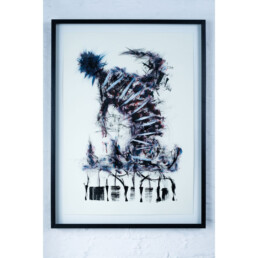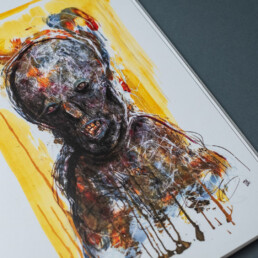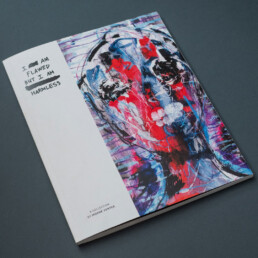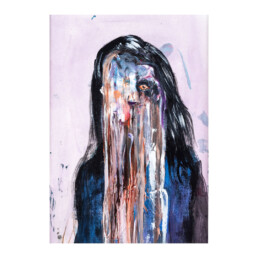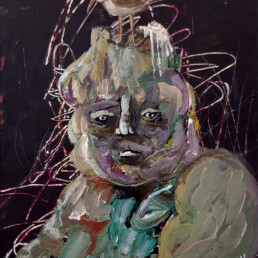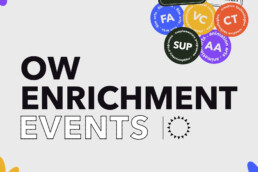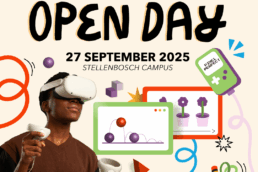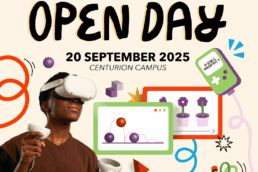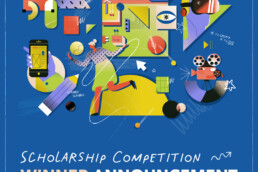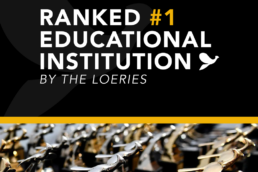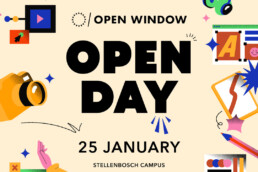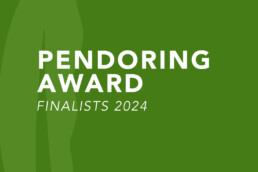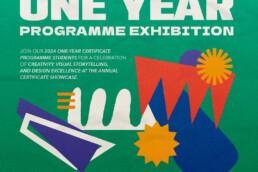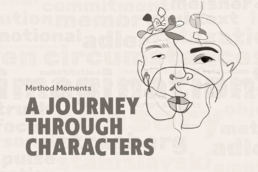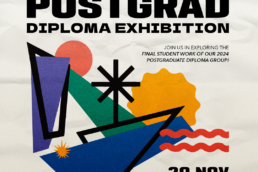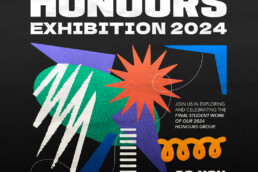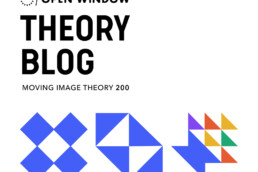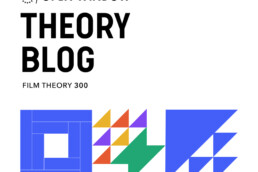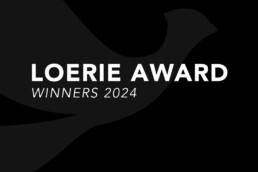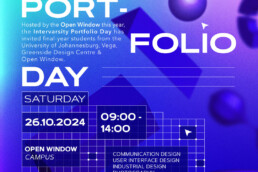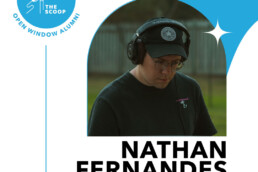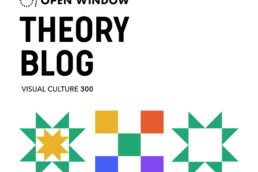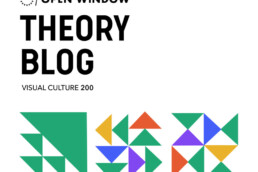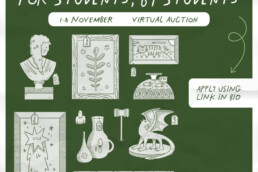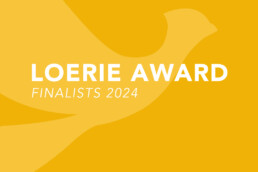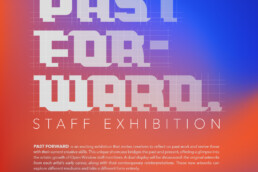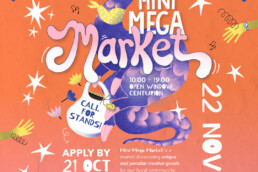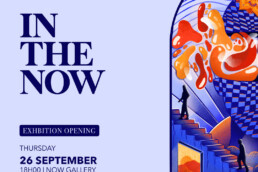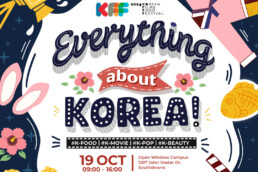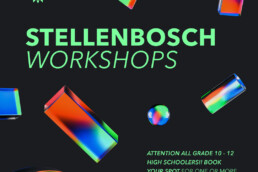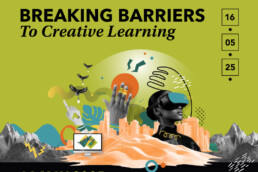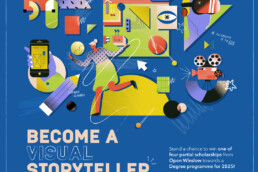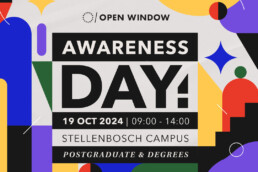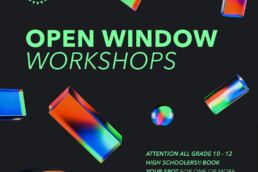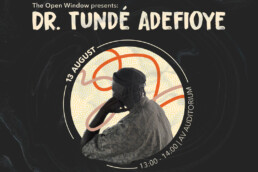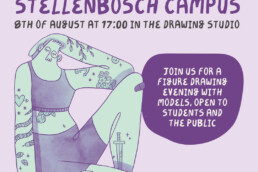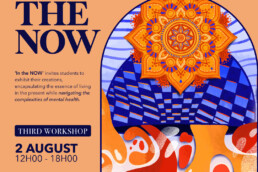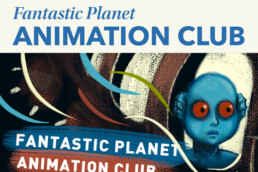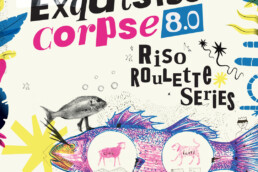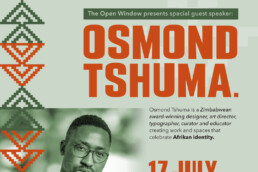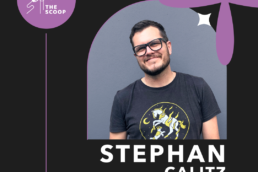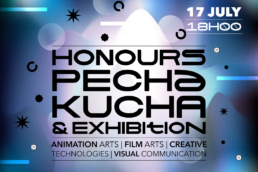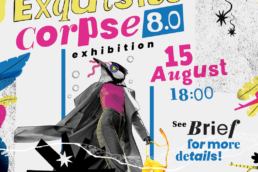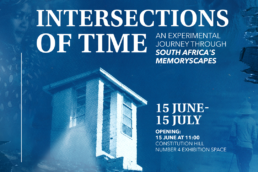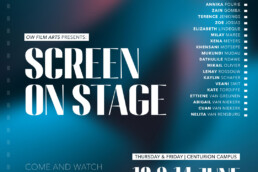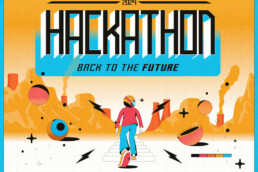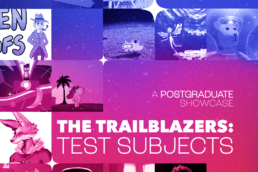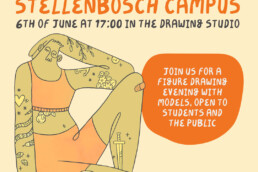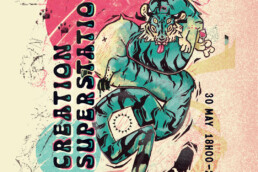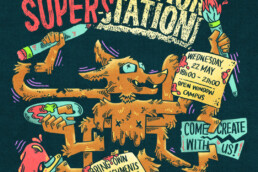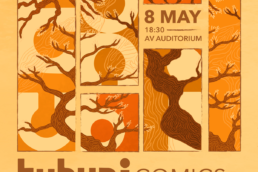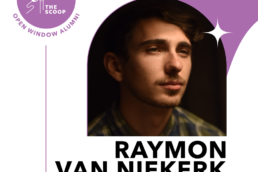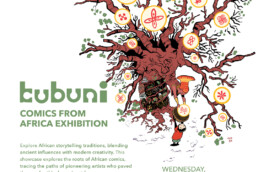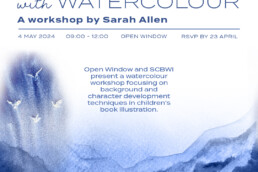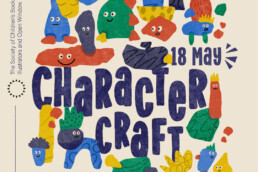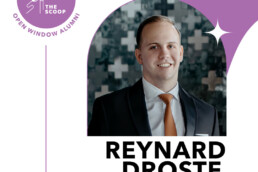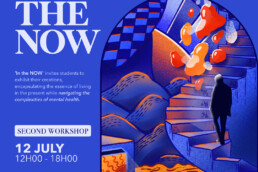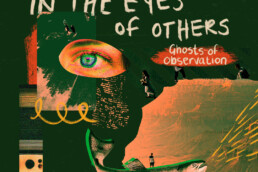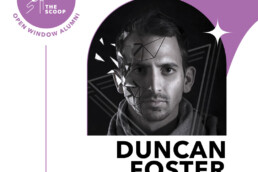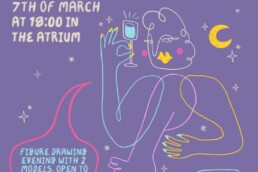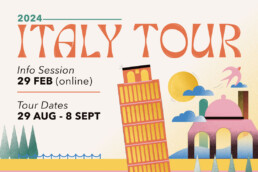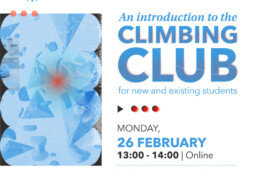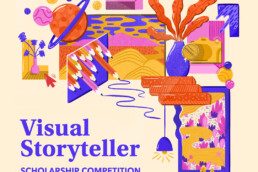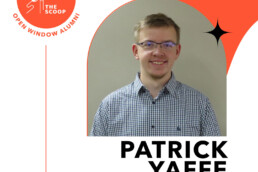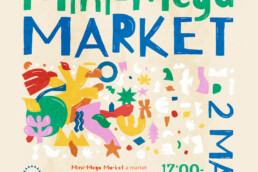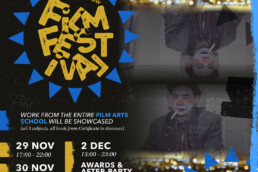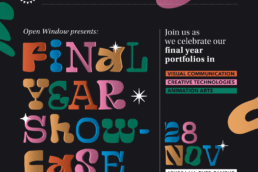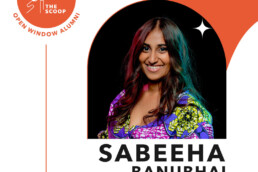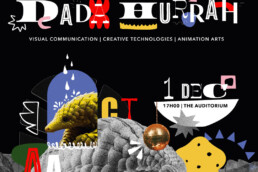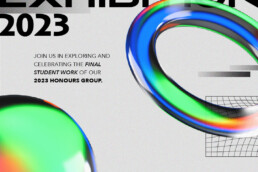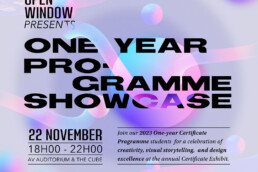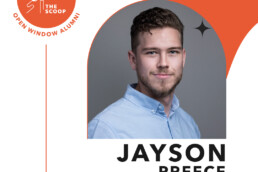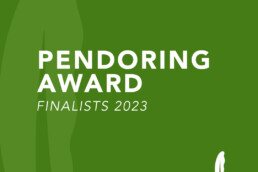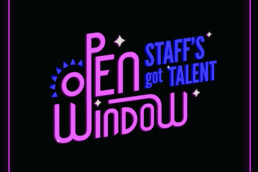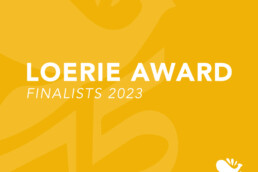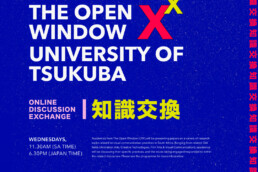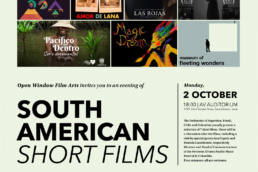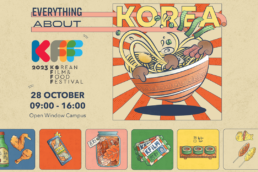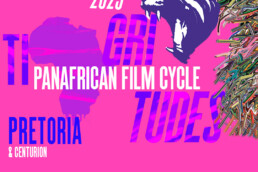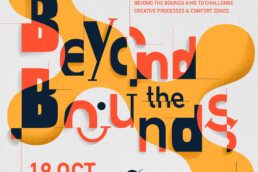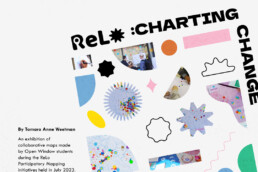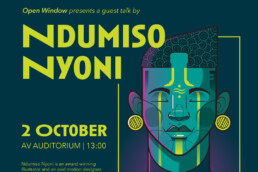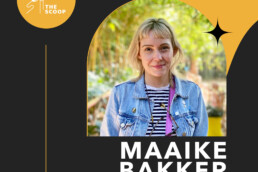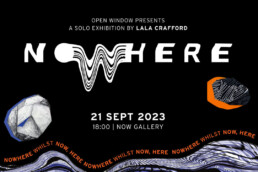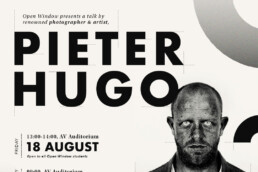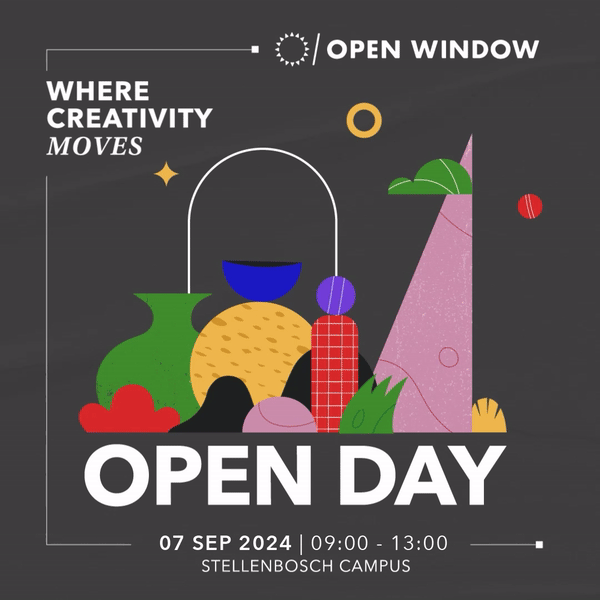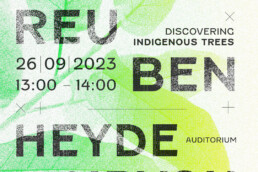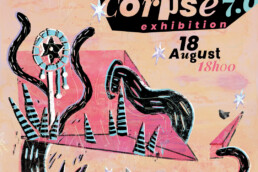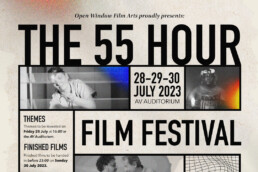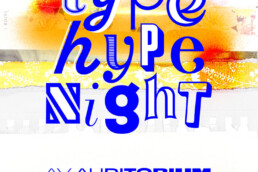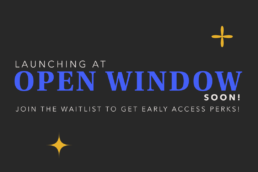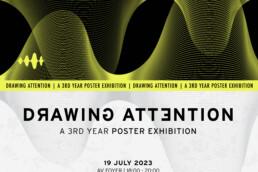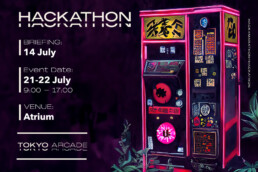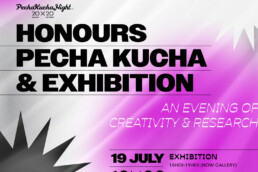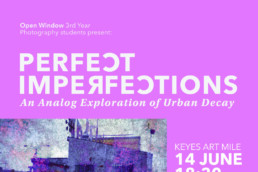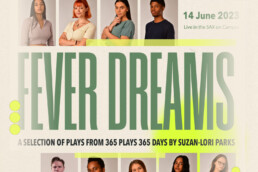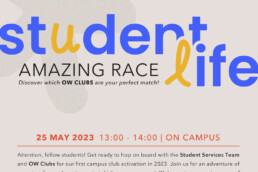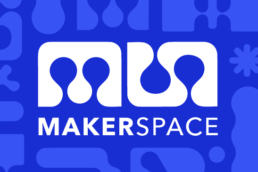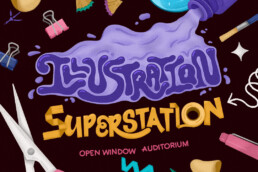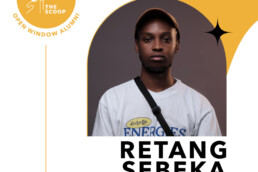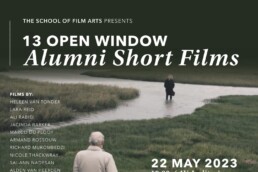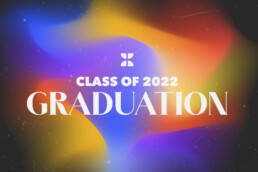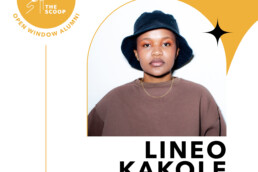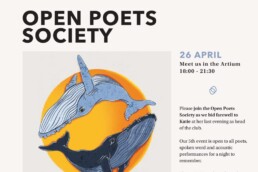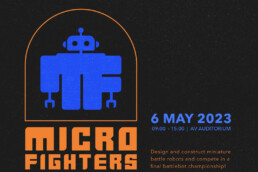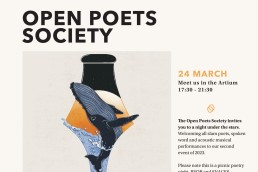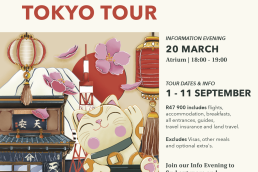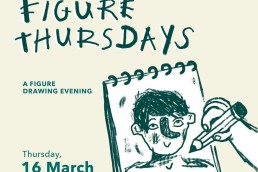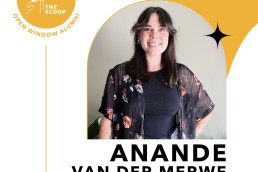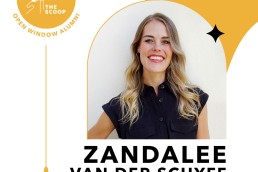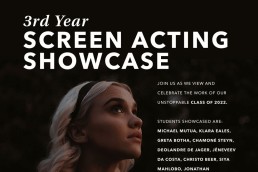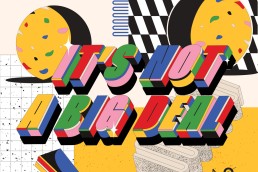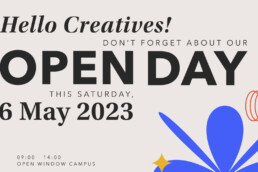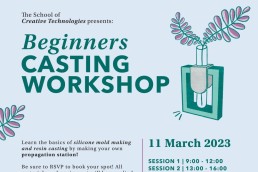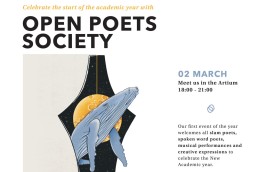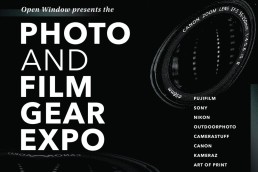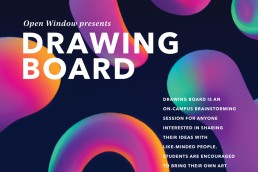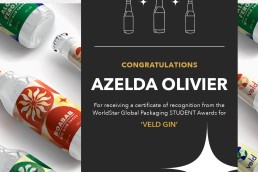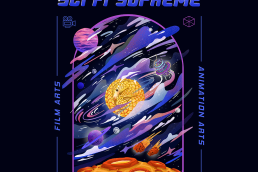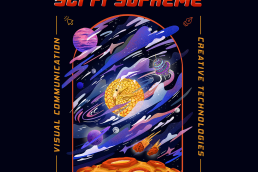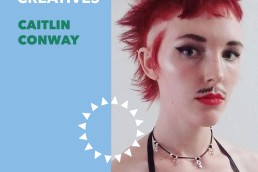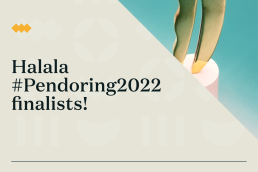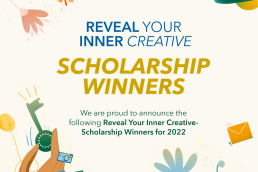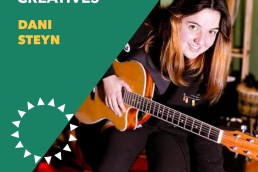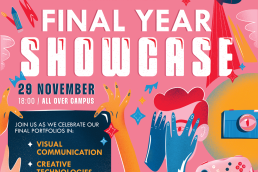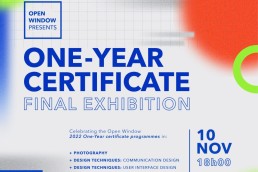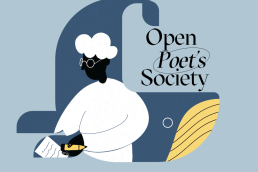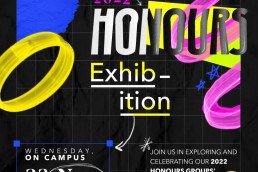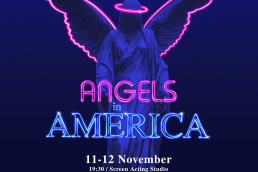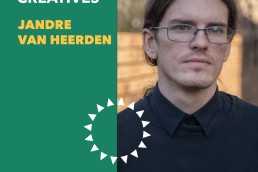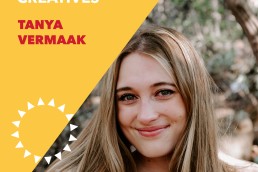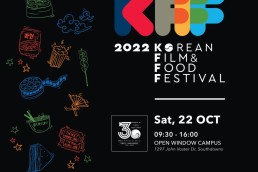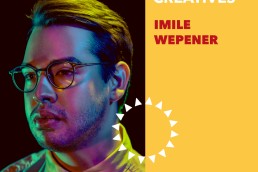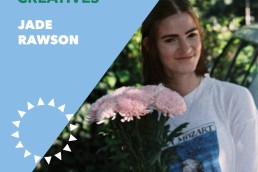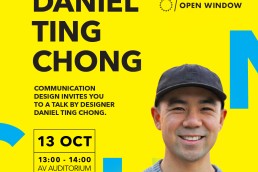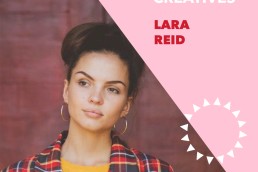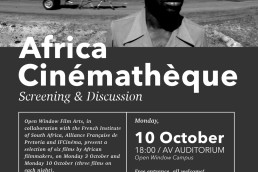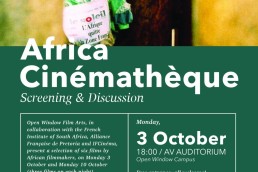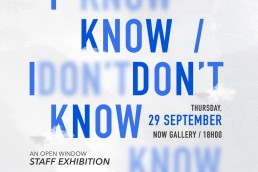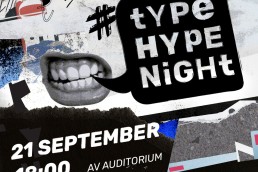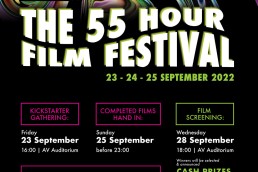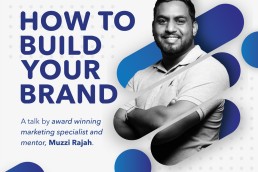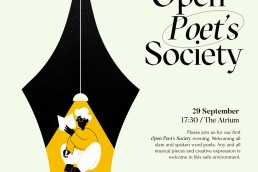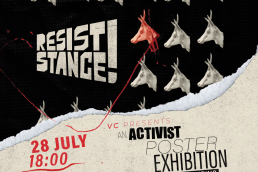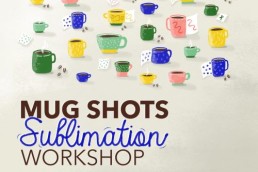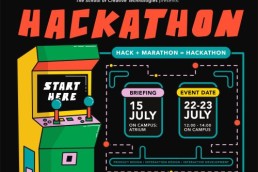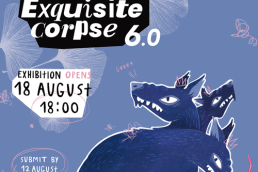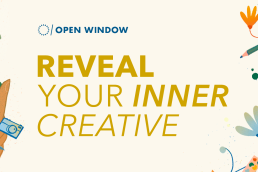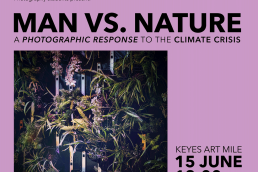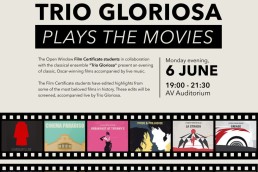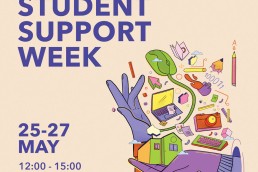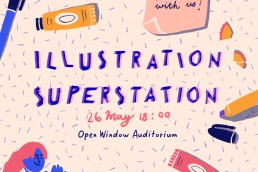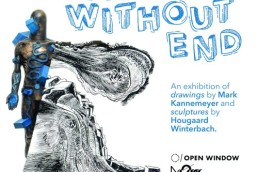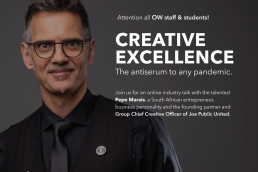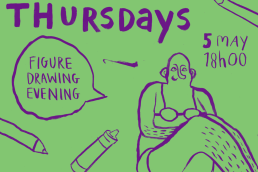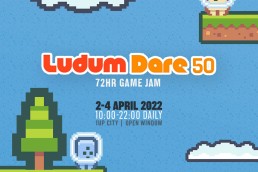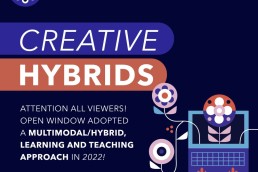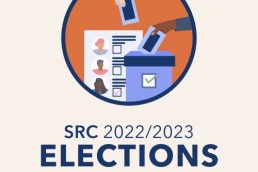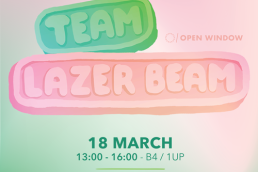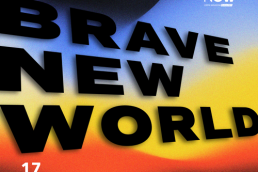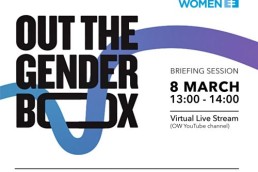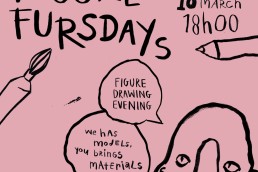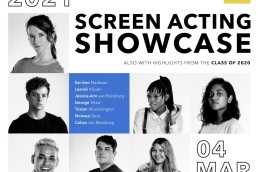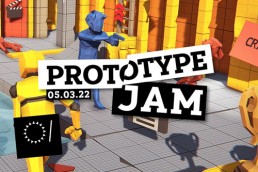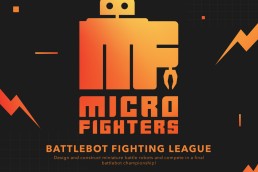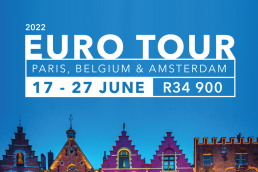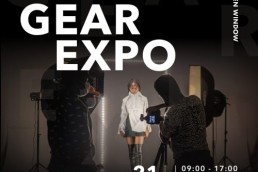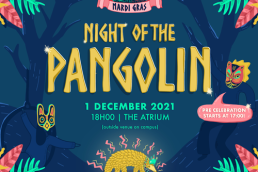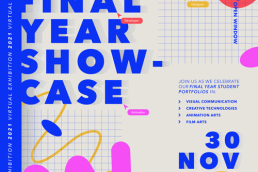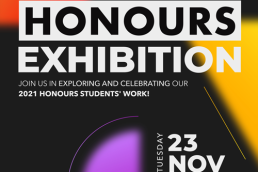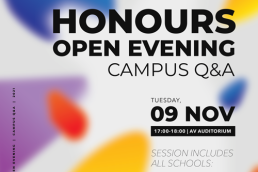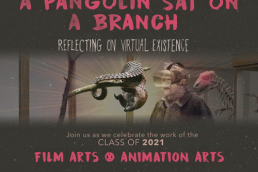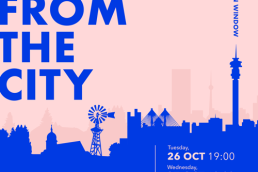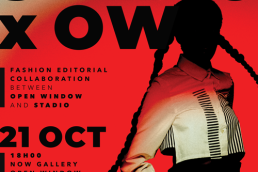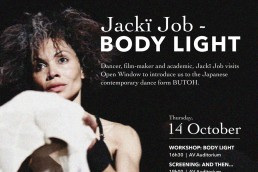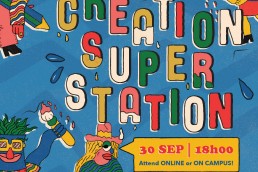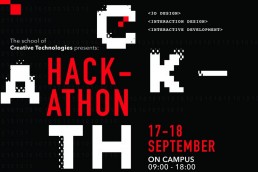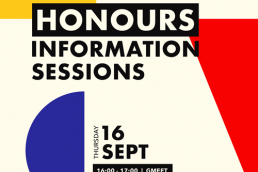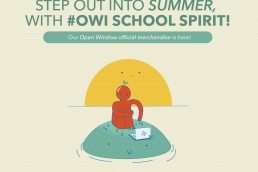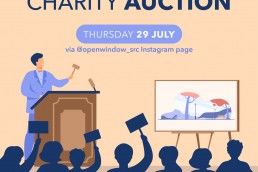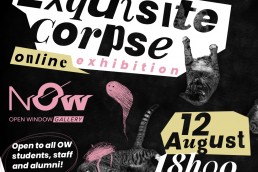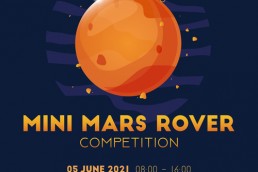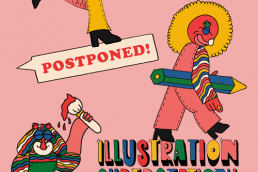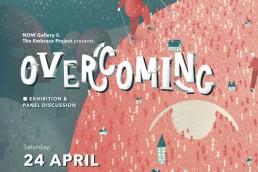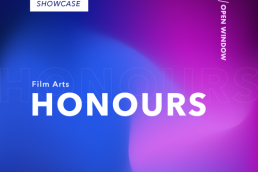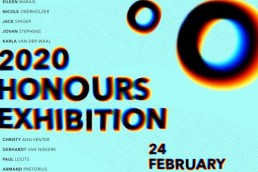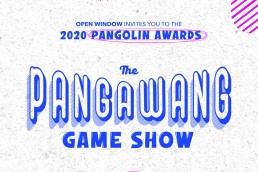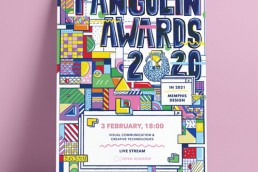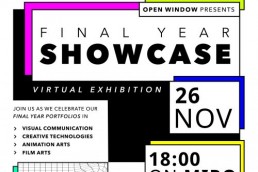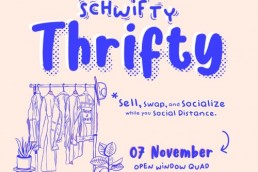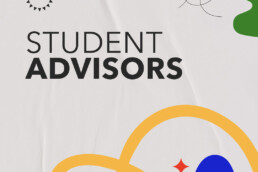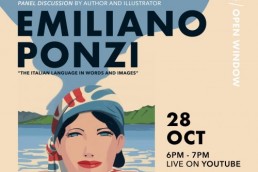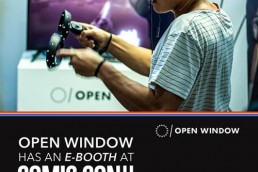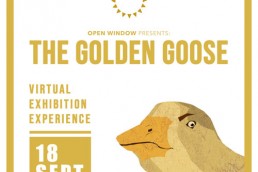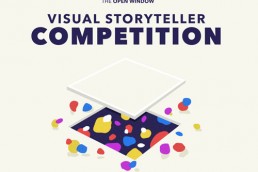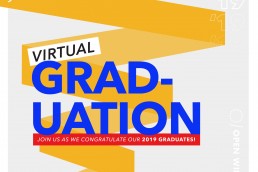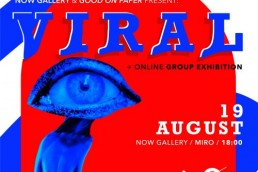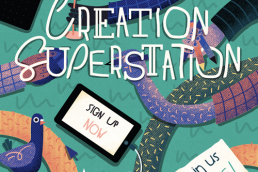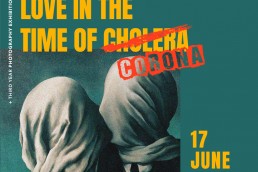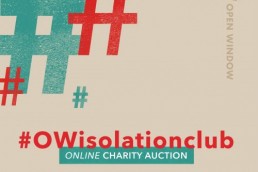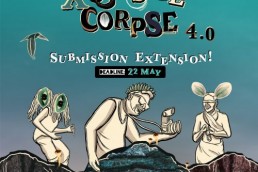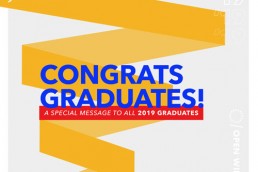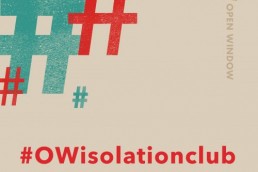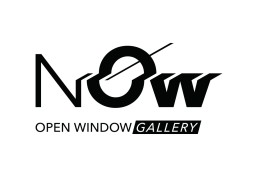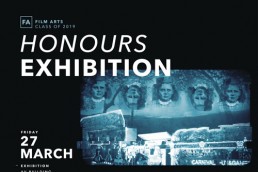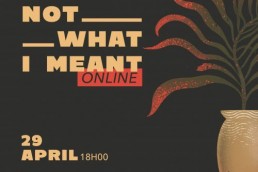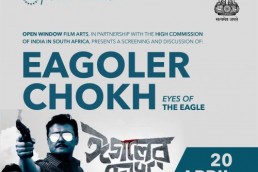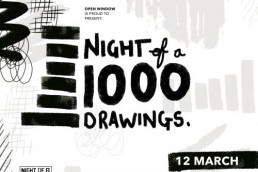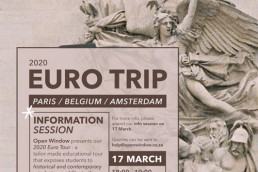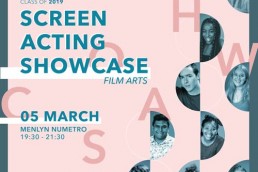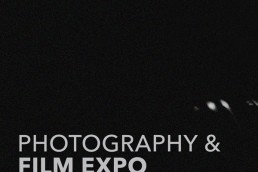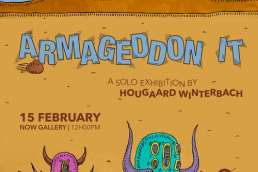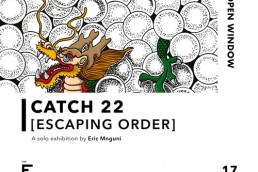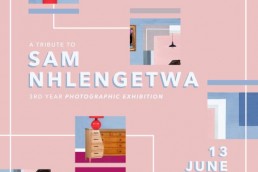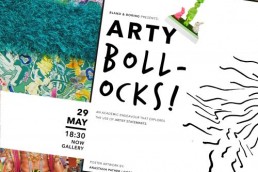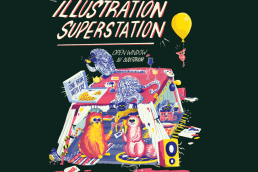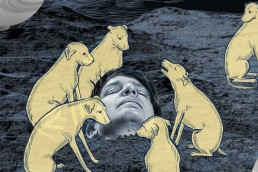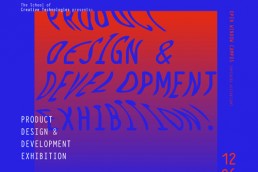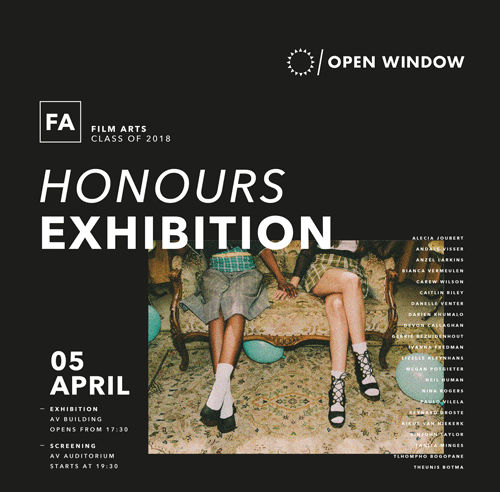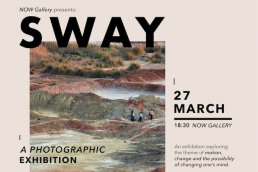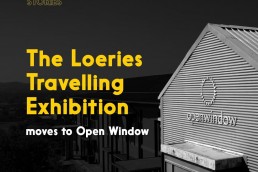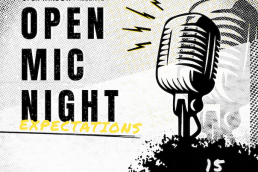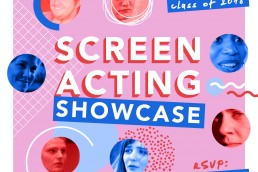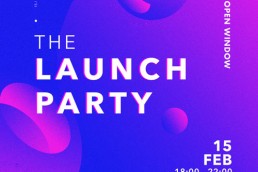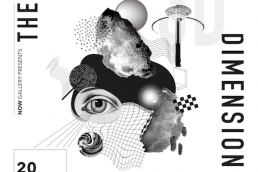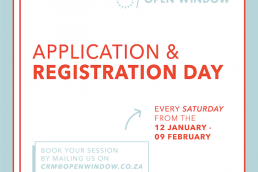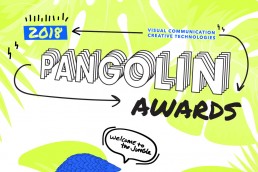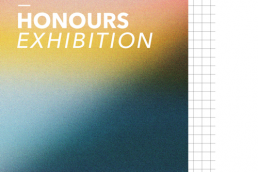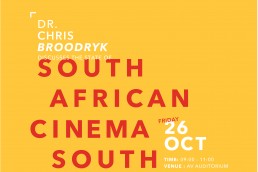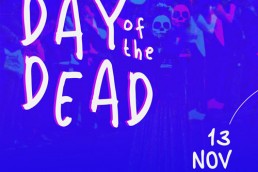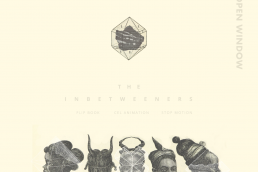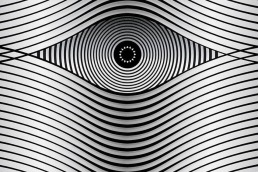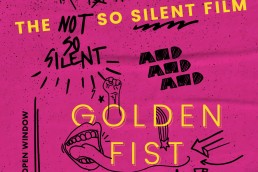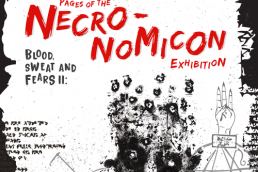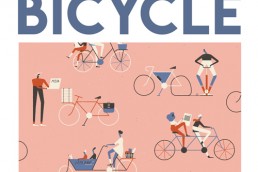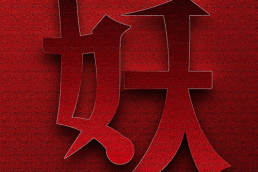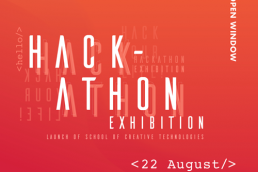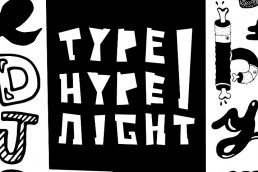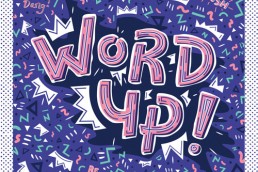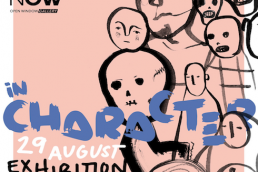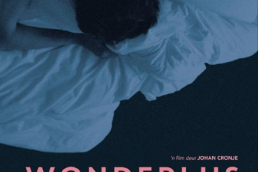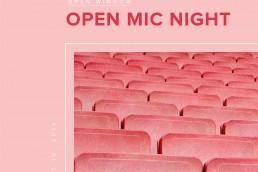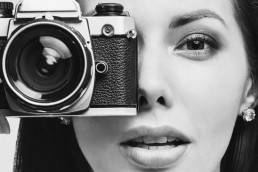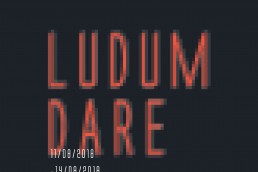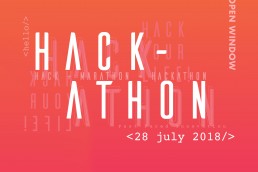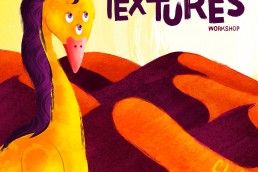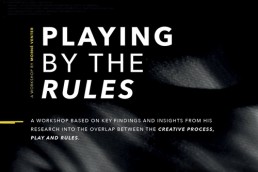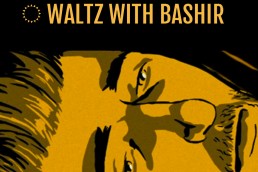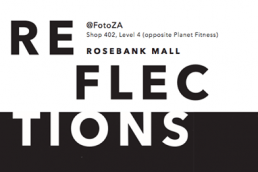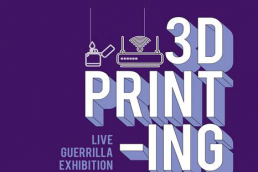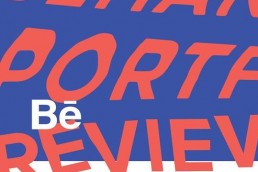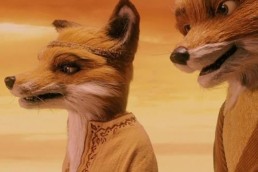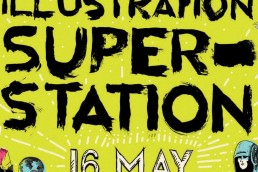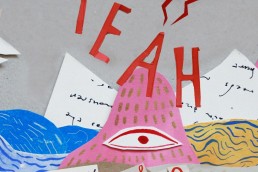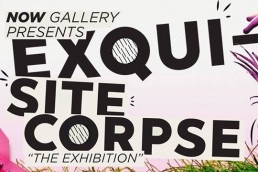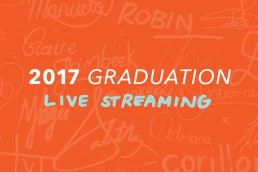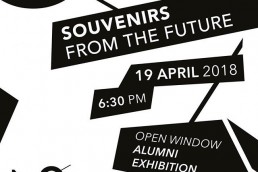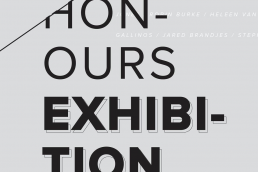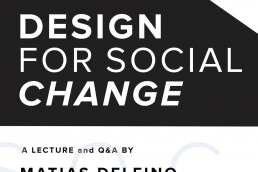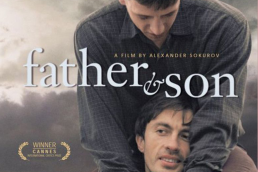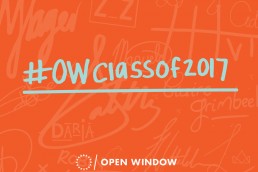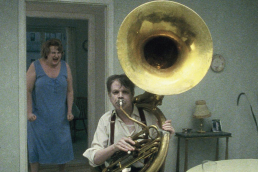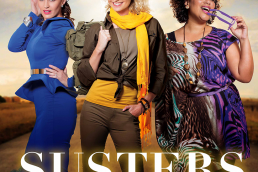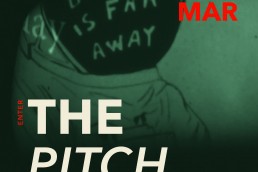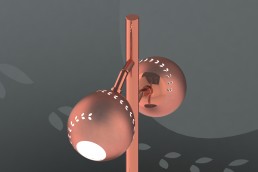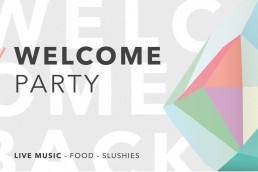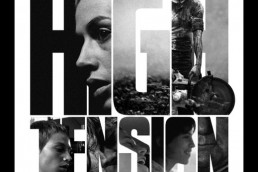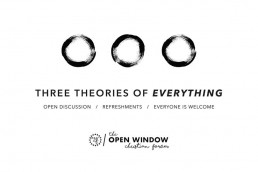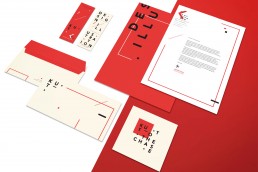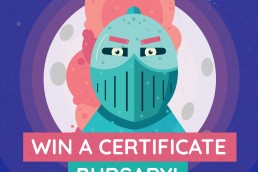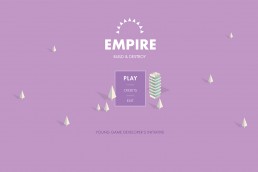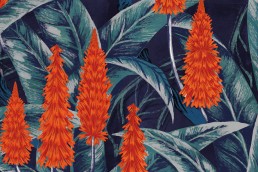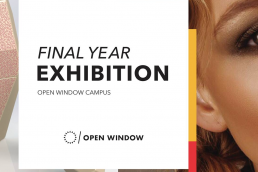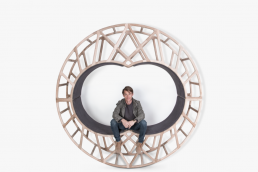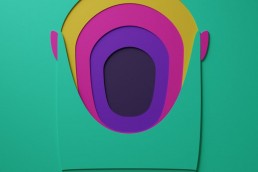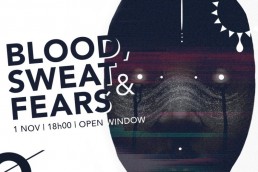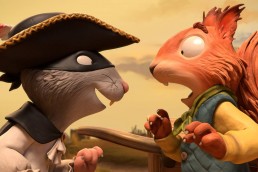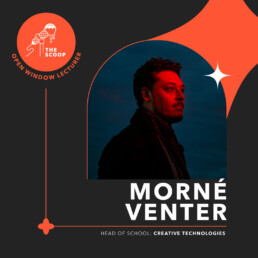

The Scoop - Morne Venter
Please supply us with a short bio. (Eg How did you find out about Open Window and how did you start working for OW?)
I’m Morne Venter, serving as the Head of School for Creative Technologies. During my time at a design studio, my focus was primarily on print. However, I observed the rising prominence of digital design, user interface design, and web design. Recognizing the importance of adapting to this shift, I decided to explore opportunities in these evolving areas.
While searching for job opportunities, I came across an advertisement for a lecturing position in Communication Design at Open Window. On the same day, I had interviews lined up, one for a User Experience Design lecturer position at a different institution and the other for the Communication Design position at Open Window.
Interestingly, upon reaching Open Window, I learned that the Communication Design position I initially intended to apply for was already filled. Instead, they suggested I consider applying for the interactive design position, which encompassed what we then called interaction design/user experience design. I decided to pursue it, successfully securing the position. Looking back, it feels like the universe was guiding me towards the path I was meant to take.
How long have you been a lecturer?
10 – 11 Years
Can you speak to any recent personal projects that you’re particularly proud of?
Certainly, the most recent project I engaged in was an art project. Most of my endeavours revolve around fine arts, particularly painting. I received an invitation to participate in a piggy bank show, where artists were tasked with creating a conceptual piggy bank in any shape, size, or form, as long as it could hold and dispense coins.
To be honest, working on this project felt like pulling teeth. Conceptualizing it proved to be a challenging process, and progress was slow. Despite the difficulties, I persevered and eventually assembled the piece. Unfortunately, I don’t have a proper photo to share at the moment. Nevertheless, I’m delighted that I completed the project. This accomplishment stands out as something I’m proud of.
Can you provide an overview of the Bachelor of Creative Technologies Degree program and its key objectives?
Let me break down the Bachelor’s of Creative Technologies for you. In this program, we equip students with a technological toolkit to tackle real-world challenges and devise meaningful solutions that resonate with people. All our courses, whether centred on digital or physical products, are designed to cultivate a mindset that utilizes technology effectively for creating products people love.
Our first course, User Experience Design (formerly Interaction Design), focuses on the conceptualization and crafting of user interfaces for digital products. Whether it’s mobile apps, websites, kiosk interfaces, or interfaces for various devices like game consoles and smartwatches, this course emphasizes visual design, information architecture, and the expression of interfaces. Students prototype these products, concentrating on the front-end aspects.
On the flip side, we have Interactive Development, where students learn programming languages to create interactivity and functional digital products. While User Experience Design is concentrated on the visual and front-end design systems, Interactive Development delves into the back-end, involving coding and programming to bring these designs to life.
Product Design, another key subject, shifts the focus to physical products. Despite sounding distinct, there’s considerable overlap between Product Design and our digital subjects. Product designers grapple with questions like how people interact with products, the product’s interface, its presentation, and its integration into people’s lives – similar considerations in designing digital products. So, in summary, we cover User Experience Design (UI and UX), Interactive Development (coding and programming), and Product Design (creating physical products like furniture, appliances, etc.).
What sets the Creative Technologies program apart from similar programs at other institutions?
What distinguishes the Creative Technologies degree from others? Firstly, it holds significance as a milestone degree in the country, being among the first to provide this type of education in South Africa. Accredited early in its lifecycle, it paved the way for numerous programs to follow suit. Secondly, our degree program adopts a unique and targeted approach to various skill areas. In contrast to many general design and technology degrees, our program allows students to develop a deep and diverse skill set in their chosen field. A third, perhaps underrated, aspect that sets our degree apart is the environment it fosters.
In elaborating on this, I recently discussed with one of our industry partners the origins of developers and the institutions they come from. The conversation veered toward demeanour and soft skills—communication, collaboration, and the like. At Open Window, we emphasize collaboration and cross-pollination between subjects. Here, digital designers, product designers, and web developers are exposed to a variety of people and ideas. This environment promotes the development of soft skills, creating a unique breed of students equipped with the interpersonal abilities sought after in the workplace.
What career opportunities do graduates of the department typically pursue?
Graduates of the Creative Technologies degree find themselves with a diverse array of opportunities in the realms of digital design, digital development, and product design. The vast landscape of product design presents numerous niche avenues, often hidden from an external perspective but revealing themselves once you delve into the industry. For instance, you could specialize in scientifically selecting colour palettes for platforms like Airbnb – a unique and specific role.
Within the field of user experience design, the possibilities are extensive. You could become a UI designer, a Design Systems designer, an icon designer, a colour palette manager, a UI animator, or a UX researcher. The development path opens doors to becoming a full-stack developer, delving into web development, mobile app development, or even venturing into creating an iOS app. As a product designer, the spectrum broadens to include roles such as jewellery designer, furniture designer, appliance designer, or toy designer.
The overarching idea is that, armed with a combination of skills from these three subjects, you can evolve into a creative technologist – someone who uses their diverse skill set to create products that transcend individual components. The degree isn’t just about the opportunities each subject offers but also about creating opportunities by embracing exposure to all three disciplines.
Aligned with principles of the Fourth Industrial Revolution, the School of Creative Technologies supports students through a maker space on campus. Here, students can fabricate, 3D print, laser cut, and utilize various machinery to bring their projects to life, whether they’re physical, digital, or a hybrid of both. The maker space houses 3D printers, laser cutters, CNC machines, resin printers, vinyl printers, and large-format printers.
How do you balance teaching technical skills with fostering creativity and critical thinking in students?
In essence, the Bachelor of Creative Technologies degree at Open Window leans towards a more technically focused approach compared to other programs. The students frequently attracted to this course are individuals who appreciate precision, often seeking pixel perfection and adhering to numerous technical guidelines, particularly in the domains of UI, UX, and product design. Each creation by our students is subject to specific guidelines, including accessibility standards, which are integral aspects we instil in them.
While there may be a common perception that such a technical emphasis might compromise creativity, our program strikes a crucial balance. We are steadfast in our commitment to teaching students how to articulate and solve problems effectively. I firmly believe that the paramount skill for any designer is the ability to identify, analyze, and address problems. Thus, our approach harmonizes technical expertise with creativity. We provide students with the space to immerse themselves in problems, encouraging them to independently frame and solve challenges creatively while abiding by technical guidelines. The belief underpinning our philosophy is that being technically proficient does not diminish creativity.
Top 5 favourite bands at the moment?
Certainly, when it comes to discussing favourite bands, there are those timeless Evergreen bands that remain a constant throughout your life, and then there are the flavour-of-the-month favourites. In terms of Evergreen bands, I still hold a deep appreciation for Metallica, Talking Heads, and the Red Hot Chili Peppers. Talk Talk from the ’80s is also a significant favourite of mine, encapsulating that era’s music vibe. In the contemporary scene, I’m drawn to bands like Preoccupations and Dry Cleaning, particularly enjoying the Post-Punk Revival they bring to the table.
On a different note, my recent exploration of pop music has led me to discover and appreciate Jesse Ware’s work. Interestingly, every time I’m driving and hear a catchy song on the radio, it turns out to be Dua Lipa – so now I’ve become a fan. This is just the tip of the iceberg; I could delve into this topic for quite a while.
How does the program support students in developing a portfolio of work that showcases their skills and expertise to potential employers?
Our degree program is meticulously designed to empower students to present their work in the most compelling manner possible. Every aspect of our curriculum is tailored towards this goal. Each subject begins with a creative brief, guiding students to conceptualize and execute tangible products by the term’s end. We challenge them to consider the purpose and functionality of their creations and to showcase them effectively.
Central to this approach is the development of a portfolio, which we evaluate both mid-year and at the end of the year. Communicating effectively about their work is integral to their education here. Whether digital or physical, our projects are often multifaceted, requiring students to articulate their features and functionality clearly and concisely.
Furthermore, we provide numerous opportunities for students to present their portfolios and receive feedback from industry professionals. One such event is the Behance evening, where students showcase their work and engage with experts in the field.
In essence, every facet of our program – from teaching formats to assignment structures – is geared towards preparing students to assemble a comprehensive portfolio that effectively demonstrates their skills and achievements to prospective employers.
Top 3 Podcasts?
I have a constant affinity for podcasts; they accompany me during various activities, whether it’s running, relaxing, or even drifting off to sleep. Particularly, I’m drawn to video game podcasts, making them my go-to companions. “Into The Ether,” “Triple Click,” and “The Besties” are some favourites in this category. On a different note, when seeking life advice and thought-provoking content, I turn to podcasts like “The Knowledge Project” and “Honestly with Barry Weiss.” The “Ezra Klein Show,” although leaning more towards politics, also captures my interest.
Additionally, like many others, I enjoy a captivating narrative, especially in True Crime podcasts. Among the best I’ve encountered are “Into the Dark” and “Crime Junkie”; both provide comprehensive and engaging storytelling.
Are there any specific industry partnerships or collaborations that the school has established to enhance the learning experience and career prospects for students?
Establishing robust connections with industry holds great significance for us at the Creative Technology School. This emphasis stems from our desire to align our educational curriculum with the evolving needs and skills sought after in the industry landscape. Regular consultations with mentors and industry partners form a crucial aspect of this process. We engage in discussions about current priorities, the technologies in use, and the skills gaining prominence. This ongoing relationship helps us continuously benchmark our curriculum to meet industry standards.
Moreover, our ties with industry extend beyond just curriculum alignment. Industry partners often play a vital role in sponsoring and supporting various events that enrich the educational experience for our students. For instance, the recent Micro Fighters event, featuring battling robots, was sponsored by Glucode. The upcoming annual hackathon, a significant event for our school, is also sponsored by various industry partners.
Among our esteemed partners are StackWorx, Glucode, Retro Rabbit, Lucky Beard, DVT, Accenture, and Jack Studios, to name a few. While some are direct sponsors, others contribute as industry partners. Many of our students find employment in these organizations, becoming ambassadors for our school and reinforcing our collaborative ties.
While we have had numerous sponsors in the past, we are consistently working to enhance and deepen these connections. If you are a potential sponsor, we invite you to reach out and explore the possibilities of collaborating with us.
Can you suggest any great resources for students in the CT department?
Figma has a lot of cool plugins. Ai is definitely helping.
What’s your go-to creative snack?
I’m not sure if I can pinpoint a favourite snack, but I consistently find myself drawn to sweet treats. A good cookie or something along those lines always satisfies my sweet tooth. However, daily, my go-to indulgence is probably coffee, and occasionally, I enjoy a glass of wine as well.
Any favourite hobbies?
Boardgaming, Video Games, Comics and Manga
Do you have any advice for prospective students who are looking into doing their Bachelor of Creative Technologies?
I believe the advice I would offer to any student aspiring to pursue a career in design or any field, for that matter, is rooted in the understanding that knowledge is interconnected. Often, we encounter educational systems that compartmentalize creativity from subjects like math or science. However, for those interested in design, I emphasize that curiosity and a broad knowledge base should be the driving forces. The more diverse your knowledge and exposure, the better equipped you are to tackle a range of problems.
To students currently in school and contemplating a path in design or art, my encouragement is not to shy away from various disciplines. Embrace science, delve into math, and challenge yourself to understand different ways of thinking, whether it’s scientific, economic, or beyond. By incorporating these diverse spheres of influence into your mindset, your problem-solving skills and creativity can reach far greater depths than if you solely focus on one area.
It’s crucial to recognize that art, in itself, is not the exclusive solution. Rather, it’s influenced and informed by everything else. Therefore, my advice is to avoid restricting yourself from exploring different fields simply because you identify as creative. Challenge yourself, engage with various disciplines, and recognize the valuable thinking and problem-solving skills that can be gained from these diverse spaces.
Related Posts
May 22, 2025
Animation SA X Annecy
April 29, 2025
Supplementary Programmes
April 23, 2025
Open Day (Stellenbosch) – 27 September
April 23, 2025
Open Day (Centurion) – 20 September
February 12, 2025
Scholarships Competition 2024 – Winners
January 31, 2025
Ranked No1 Educational Institution
November 11, 2024
Open Day (Centurion) – 25 Jan
November 11, 2024
Open Day (Stellenbosch) – 25 Jan
November 8, 2024
Pendoring Award Finalists 2024
October 24, 2024
One Year Programme Exhibition | 20 November
October 17, 2024
Method Moments: A Journey Through Characters
October 16, 2024
Postgrad Diploma Exhibition | 20 November
October 16, 2024
Honours Exhibition | 20 November
October 14, 2024
Theory Blog – Moving Image Theory 200
October 14, 2024
Theory Blog – Film Theory 300
October 14, 2024
Loerie Award Winners 2024
October 11, 2024
Intervarsity Portfolio Day | 26 October
October 11, 2024
The Scoop – Nathan Fernandes
October 10, 2024
Theory Blog – Visual Culture 300
October 10, 2024
Theory Blog – Visual Culture 200
October 10, 2024
Virtual FSBS Art Auction | 1- 8 November
October 8, 2024
Loerie Award Finalists 2024
October 1, 2024
Past Forward Exhibition | 24 October
September 27, 2024
Mini Mega Market | 22 November
September 25, 2024
In the Now Exhibition | 26 September
September 13, 2024
Korean Food and Film Festival | 19 October
August 19, 2024
High School – Stellenbosch Workshops
August 1, 2024
Scholarship Competition 2024
July 30, 2024
Awareness Day – Stellenbosch – 19 October
July 29, 2024
High School – August Workshops
July 29, 2024
Guest Speaker: Tundé Adefioye – 13 August
July 24, 2024
Figure Thursday (Stellenbosch) – 08 August
July 19, 2024
In the Now: Third Workshop – 02 Aug
July 12, 2024
Fantastic Planet Animation Club Screening – 24 July
July 8, 2024
Exquisite Corpse 8.0 – Riso Roulette Series
July 3, 2024
Guest Speaker: Osmond Tshuma | 17 July
June 12, 2024
The Scoop – Stephan Calitz
June 11, 2024
Honours Pecha Kucha & Exhibition | 17 July
June 5, 2024
Exquiste Corpse 8.0 | 15 August
May 31, 2024
Screen on Stage | 13 & 14 June
May 23, 2024
Figure Thursday (Stellenbosch) | 06 June
May 16, 2024
Creation Superstation (Stellenbosch) | 30 May
May 13, 2024
Creation Superstation (Centurion) | 22 May
April 17, 2024
The Scoop – Raymon van Niekerk
April 11, 2024
The Kubuni: Comics from Africa Exhibition – 24 April
April 10, 2024
Experimenting with Watercolour – 4 May
March 6, 2024
The Scoop – Reynard Droste
March 4, 2024
Pages in Progress – 30 May
February 27, 2024
In the Now: Second Workshop – 12 July
February 27, 2024
In The Eyes of Others: Ghosts of Observation – 13 March
February 26, 2024
The Scoop – Duncan Foster
February 13, 2024
Photo & Film Gear Expo – 19 February
February 12, 2024
Figure Thursday – 07 March
February 12, 2024
Italy Tour 2024
February 9, 2024
Climbing Club Information Session
December 6, 2023
Scholarships 2023 Competition – Winners
November 24, 2023
The Scoop – Patrick Yaffe
November 22, 2023
Mini Mega Market | 02 May
November 22, 2023
Open Window Film Festival
November 13, 2023
Final Year Showcase | 28 Nov
November 10, 2023
The Scoop – Sabeeha Banubhai
November 8, 2023
Pangolin Awards 2023 | 1 Dec
October 31, 2023
Honours Exhibition 2023
October 31, 2023
One-Year Programme Showcase
October 11, 2023
The Scoop – Jayson Preece
October 9, 2023
Pendoring Award Finalists 2023
October 6, 2023
Open Window Staff’s Got Talent Show
October 5, 2023
Loerie Award Finalists 2023
October 4, 2023
Open Window X University of Tsukuba
September 29, 2023
South American – Short Films
September 26, 2023
Korean Film & Food Festival
September 17, 2023
Tigritudes Screenings – Panafrican Film Cycle
September 14, 2023
Beyond the Bounds Exhibition – 19 Oct
September 13, 2023
ReLo: Charting Change – Tamara Weetman
September 13, 2023
Guest Talk – Ndumiso Nyoni
August 22, 2023
The Scoop – Maaike Bakker
August 13, 2023
Nowhere – A Solo Exhibition by Lala Crafford
August 10, 2023
Guest Talk – Pieter Hugo
August 4, 2023
Open Day – Stellenbosch – 07 September 2024
August 3, 2023
Guest Talk: Reuben Heydenrych – 26 Sept
July 28, 2023
Exquisite Corpse 7.0 – 16 August
July 20, 2023
55-Hour Film Festival
July 19, 2023
Type Hype Night – 02 August
July 12, 2023
Drawing Attention – 19 July
July 5, 2023
Hackathon – 21 & 22 July
June 6, 2023
Perfect Imperfections – 14 June
May 31, 2023
Fever Dreams – 14 June
May 23, 2023
Student Life – Amazing Race | 25 May
May 23, 2023
Designed Dimensions – 31 May
May 22, 2023
MakerSpace Dashboard
May 16, 2023
Illustration Superstation
May 15, 2023
The Scoop – Retang Sebeka
May 15, 2023
13 OW Film Arts Alumni Short Films
May 8, 2023
Class of 2022 – Graduation
April 13, 2023
The Scoop – Lineo Kakole
April 11, 2023
Open Poets Society | A Change of Hands
March 22, 2023
MicroFighters 2023 – 30 May
March 8, 2023
Open Poets Society – 24 March
March 7, 2023
Tokyo Tour – 20 March
March 6, 2023
Figure Thursdays – 16 March
March 2, 2023
The Scoop – Anande van der Merwe
March 2, 2023
The Scoop – Zandalee van der Schyff
February 28, 2023
3rd Year Screen Acting Showcase – 17 March
February 24, 2023
It’s Not a Big Deal – 09 March
February 24, 2023
Open Day – 06 May
February 22, 2023
Beginner’s Casting Workshop – 11 March
February 20, 2023
Open Poets Society – 02 March
February 16, 2023
Photo & Film Gear Expo – 20 Feb
February 16, 2023
Drawing Board – 23 Feb
January 23, 2023
WorldStar Global Packaging Awards – Azelda Olivier
November 10, 2022
Pangolin Awards 2022 – Animation Arts & Film Arts | 02 December
November 8, 2022
The Creatives – Caitlin Conway
November 1, 2022
Pendoring Finalists 2022
November 1, 2022
Reveal Your Inner Creative – Scholarship Winners
October 31, 2022
The Creatives – Dani Steyn
October 28, 2022
Final Year – Student Showcase | 29 November
October 27, 2022
One-Year Programme Exhibition | 10 November
October 26, 2022
Open Poets Society | 09 Nov
October 26, 2022
Honours Exhibition | 23 Nov
October 18, 2022
The Creatives – Jandre van Heerden
October 9, 2022
The Creatives – Tanya Vermaak
October 7, 2022
Korean Film and Food Festival | 22 October
October 5, 2022
The Creatives – Imile Wepener
September 29, 2022
The Creatives – Jade Rawson
September 28, 2022
Guest Speaker: Daniel Ting Chong | 13 October
September 25, 2022
The Creatives – Lara Reid
September 23, 2022
Africa Cinémathèque | 10 October
September 23, 2022
Africa Cinémathèque | 03 October
September 14, 2022
I know / I don’t know | 29 Sep
September 7, 2022
Type Hype Night | 21 Sep
September 6, 2022
The 55-Hour Film Festival | 23 Sep
September 6, 2022
Muzzi Rajah: How to Build your Brand | 22 Sep
September 6, 2022
Open Poets Society | 29 Sep
July 15, 2022
Resist/Stance! Exhibition
July 10, 2022
Mug Shots Sublimation Workshop!
July 8, 2022
Hackathon
June 21, 2022
Exquisite Corpse 6.0
June 14, 2022
Reveal Your Inner Creative – Scholarship Competition
May 27, 2022
Trio Gloriosa, Plays the Movies | 06 June
May 23, 2022
Student Support Week | 25 -27 May
May 17, 2022
Illustration Superstation | 26 May
May 3, 2022
World Without End Exhibition | 14 May
April 28, 2022
Figure Thursdays | 05 May
March 29, 2022
Ludum Dare 50 [Game Jam] – 02 – 04 April
March 15, 2022
Multimodal Teaching Approach
March 14, 2022
2022/23 SRC Elections – 01 April
March 10, 2022
Meet Team Lazerbeam | 18 March
March 7, 2022
Brave New World | 17 March
March 2, 2022
Figure Fursdays | 10 March
February 24, 2022
Class of 2021 Screen Acting Showcase | 04 March
February 23, 2022
Prototype Jam | 05 March
February 15, 2022
MicroFighters | 30 April
February 15, 2022
Euro-Tour 2022
February 13, 2022
Photo & Film Gear Expo
November 12, 2021
Night of the Pangolin | 01 December
November 9, 2021
Final Year Showcase 2021 | 30 November
November 2, 2021
Honours Exhibition | 23 November
October 26, 2021
Honours Open Evening | 09 November
October 20, 2021
Scenes from the City | 26-27 October
October 15, 2021
STADIO x OW Exhibition | 21 October
October 4, 2021
Jackï Job – Body Light | 14 October
September 20, 2021
Creation Superstation | 30 September
September 15, 2021
Hackathon | 17 & 18 September
September 2, 2021
Honours Information Sessions
August 26, 2021
OW Merchandise
July 21, 2021
@OWRebuildSA Art Auction | 29 July
July 16, 2021
Exquisite Corpse 5.0
July 6, 2021
Blog
June 1, 2021
Mini Mars Rover Competition | 05 June
May 5, 2021
Illustration Superstation | 20 May
April 14, 2021
NOW Gallery and The Embrace Project presents OVERCOMING
March 12, 2021
Film Arts Honours – 17- 19 March
February 10, 2021
Honours Exhibition 2020
February 1, 2021
The Pangolin Awards 2020 (FA & AA)
January 26, 2021
The Pangolin Awards 2020 (VC & CT)
January 21, 2021
COVID Compliance Form
November 4, 2020
Final Year Showcase Portfolios
October 21, 2020
Schwifty Thrifty
October 19, 2020
Year-End Function
October 14, 2020
OW Student Advisors
October 2, 2020
Panel discussion with Italian artist Emiliano Ponzi
September 23, 2020
Comic Con Africa
September 17, 2020
OW Feedback Form
September 15, 2020
Golden Goose Exhibition
September 8, 2020
Visual Storyteller Bursary Competition
August 21, 2020
Virtual Graduation – Class of 2019
August 12, 2020
NOW Gallery and Good on Paper present VIRAL – 19 August
July 20, 2020
Creation Superstation – 29 July
June 9, 2020
Love in the time of Corona – 17 June
May 21, 2020
OWIsolationclub Online Charity Auction
May 21, 2020
Exquisite Corpse 4.0 Online
April 9, 2020
Congrats Graduates
April 2, 2020
Isolation Club
April 1, 2020
Now Gallery
March 16, 2020
Film Arts Honours Exhibition | 27 March
March 11, 2020
That’s not what I meant | 29 April
March 4, 2020
Eagoler Chokh Screening | 20 April
March 4, 2020
Night of a 1000 Drawings | 12 March
March 4, 2020
Euro Trip Information Session | 17 March
February 18, 2020
Class of 2019 Screen Acting Showcase | 05 March
February 5, 2020
Photography & Film Expo | 10 February
January 22, 2020
Armageddon it | 15 February
July 1, 2019
Catch 22 [escaping order | 17 July
May 21, 2019
Artybollocks | 29 May
May 21, 2019
Illustration Superstation | 23 May
April 23, 2019
Exquisite Corpse 3.0 | 02 May
April 10, 2019
Product Design and Development Exhibition | 12 -26 April
April 1, 2019
Film Arts Honours Exhibition | 05 April
March 18, 2019
SWAY: A Photographic Exhibition | 27 March
March 11, 2019
Loeries Travelling Exhibition | 18 March
March 7, 2019
Open Mic Night | 15 March
February 25, 2019
Screen Acting Showcase | 28 February
February 11, 2019
Launch Party | 15 February
January 29, 2019
The Third Dimension | 20 February
January 14, 2019
Applications and Registrations
November 5, 2018
The Pangolin Awards (VC & CT) | 29 November
October 25, 2018
Final Year Showcase | 22 November
October 24, 2018
BA Honours Graduate Exhibition | 20 November
October 12, 2018
South African Cinema: Dr Chris Broodryk | 26 October
October 11, 2018
Day of the Dead Party | 13 November
September 27, 2018
The Inbetweeners: Workshop | 05 October
September 17, 2018
The not so silent film and Golden fist awards | 21 September
September 16, 2018
Blood, Sweat and Fears II: Pages of the Necronomicon | 24 October
September 5, 2018
All I Wanna Do Is Bicycle | 26 September
August 16, 2018
Monster Hunt Screening | 22 October
August 13, 2018
Type Hype Night | 02 August
August 13, 2018
Word Up Workshop | 21 August
August 12, 2018
In Character: Exhibition and Performance | 29 August
August 10, 2018
Wonderlus Screening | 31 August
August 9, 2018
Korean Film and Food Festival | 20 October
August 6, 2018
Open Mic Night | 10 August
August 5, 2018
Photo Plus Africa | 19 October
July 26, 2018
Ludum Dare | 11 August
July 16, 2018
OWI Annual Hackathon | 28 July
July 13, 2018
Welcome Back Party – House of Sin | 20 July
July 10, 2018
Testing Textures Workshop | 24 July
June 25, 2018
Playing by the Rules | 11 July
June 8, 2018
Waltz with Bashir Screening | 14 June
May 31, 2018
3D Rapid Prototyping | 6 June
May 3, 2018
Behance Portfolio Review | 12 May
May 3, 2018
Fantastic Mr. Fox Screening | 7 May
May 3, 2018
Illustration Superstation | 16 May
April 26, 2018
Exquisite Corpse | 10 May
April 3, 2018
2017 Graduation – Live Streaming | 6 April
March 29, 2018
Matias Delfino: Design for Social Change
March 28, 2018
Father and Son – Film Salon
March 27, 2018
Graduation
November 16, 2017
Final Year Student: Exhibition | 28 November
The annual Final Graduate Showcase, for…
